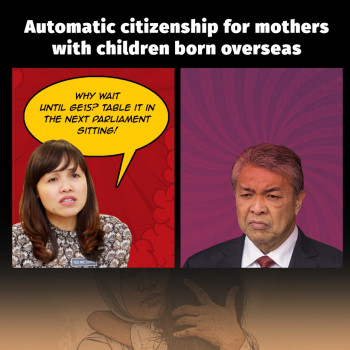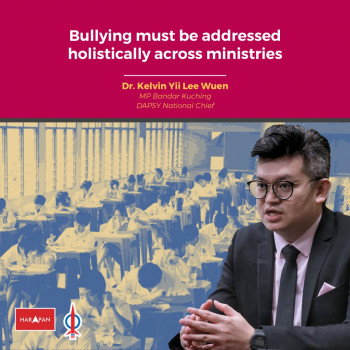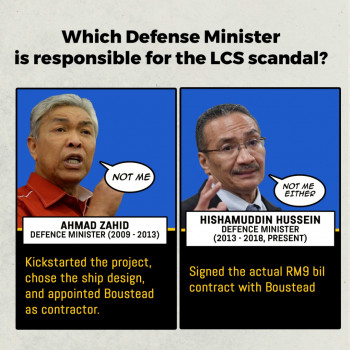Is Najib increasingly resembling his predecessor, Tun Abdullah Badawi, whom he replaced? Two years since Najib assumed office, the state of the nation speaks for itself clearer than any sobriquet would. Let’s examine what has changed and what has not since Najib took over from Abdullah in 2009.
Early into his premiership, Najib unleashed a slew of acronym stew to add to the already-full pot of GLCs and civil service. The ambitious ETP, GTP, NKRA, NKEA, PEMANDU and various other implementation agencies or programmes have cost the government upwards of billions, and counting. Under the development budget, RM11.86 billion has been allocated for the NKEA projects from 2011-2012, with much of this being spent on international consulting firms to boost the government’s public image. Defence spending in the budget has inexplicably increased, whilst RMAF engines were stolen and RM6 billion was spent to purchase two OPVs. Meanwhile, Malaysia has also been reported as the fifth-ranked country in the world in terms of outflow of illicit capital – estimated at RM889 billion.
Has Najib’s alphabet soup proven to be a recipe for disaster?
Paradoxically, a widening chasm of disparity between the haves and the have-nots greets the economic transformation program.
The gap between the rich and the poor has widened. The rising price of goods continues to deplete the disposable income of the man on the street, whose common grouse is that housing is unaffordable, public transportation unreliable, and inflation unbearable.
To add salt to their ‘wounds’, the everyday devil of corruption has made its effects felt from Kulai to Kangar.
Development of human capital is lacking but Najib is intent on building costly and controversial projects such as a 100-storey tower, a nuclear plant, and MRT. Public confidence in the state of the institutions such as the judiciary and the police are at an all time low. Gated and guarded communities spring up to meet rising public fear for their safety, as the crime rate continues to climb.
Deteriorating relations between communities have been papered over with “1Malaysia” rhetoric. Unprecedented incidents of racial and religious tensions have burdened some communities with a strong sense of “otherness”, while others put on the cloak of defensiveness in the face of deep identity crisis.
A nation in crisis can no longer be pacified with feel-good promises. Transformative leadership is clearly and sorely lacking as Najib attempts to tweak the system or treat the symptoms without addressing the root cause of the Malaysian malaise.
One is not surprised that the needs of the nation have not been adequately addressed, since there has been practically no new policy thinking since Abdullah Badawi left the nation’s top job.
Increasingly, Najib’s leadership style seems to bear an uncanny similarity to his predecessor Abdullah’s, in the sense that both have demonstrated a fear to make bold changes. The difference is that Abdullah was willing to make certain admissions in his assessment of the nation. During his tenure, Abdullah admitted that Malaysia possessed first-world infrastructure and third-world mentality. Thanks to his concessionary and indecisive style of governance, during Abdullah’s time there existed a veneer of freedom, however thin, in the democratic space of the nation.
Not so under Najib. His handling of the Perak constitutional crisis, as well as the prosecution of Anwar Ibrahim leaves no doubt that there is no space for democratic reforms. Where the legitimate parliamentary opposition leader has been treated as if he were an enemy of the state, political persecution is a natural accusation. As Najib gears himself up for a possible general election speculated to happen as early as June this year, his track record of band-aid solutions looks set to leave a pock-marked legacy no PR campaign can erase. Even one raised on a diet of fast fixes will know that history repeats itself, first as tragedy, second as farce.



